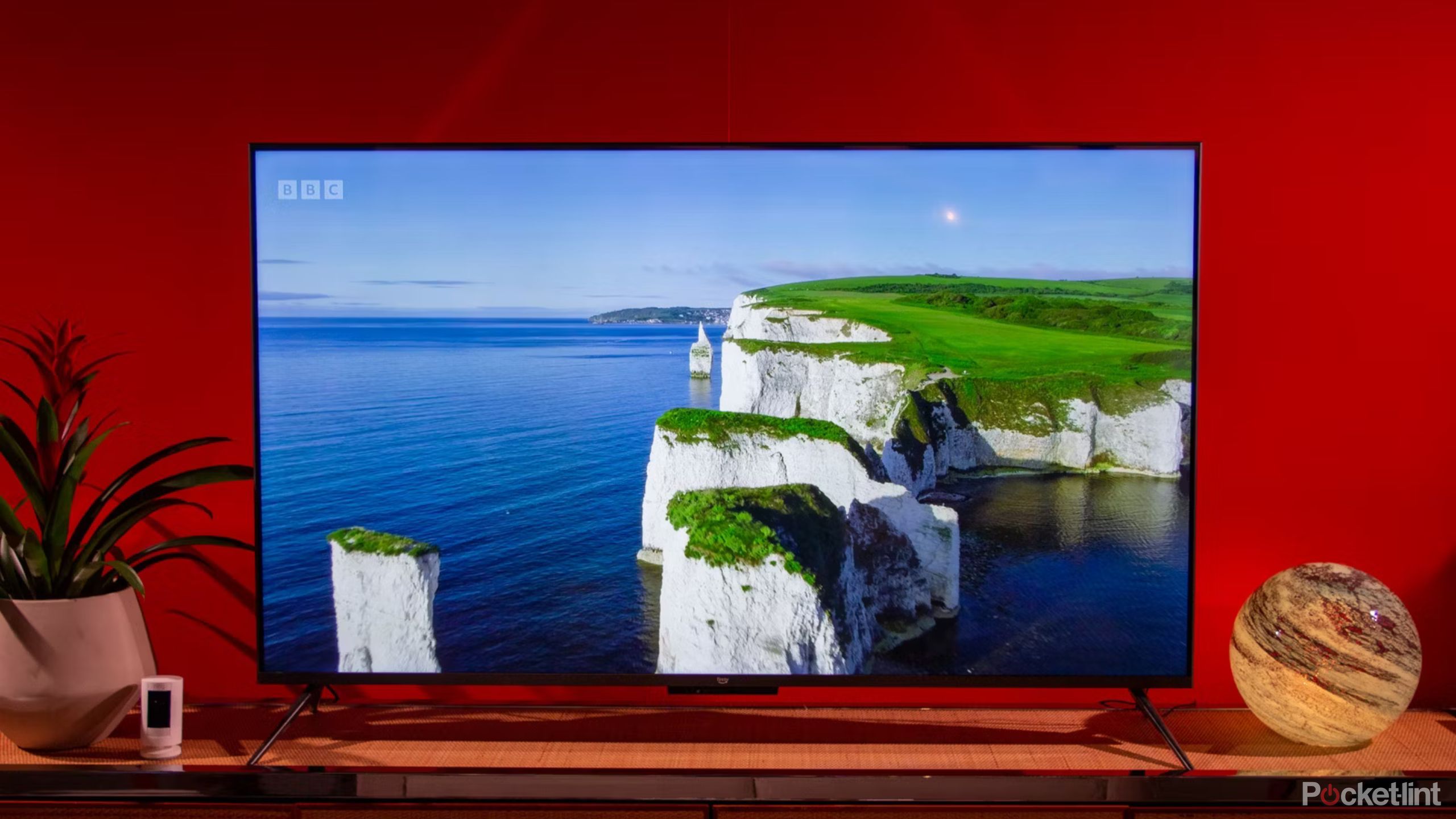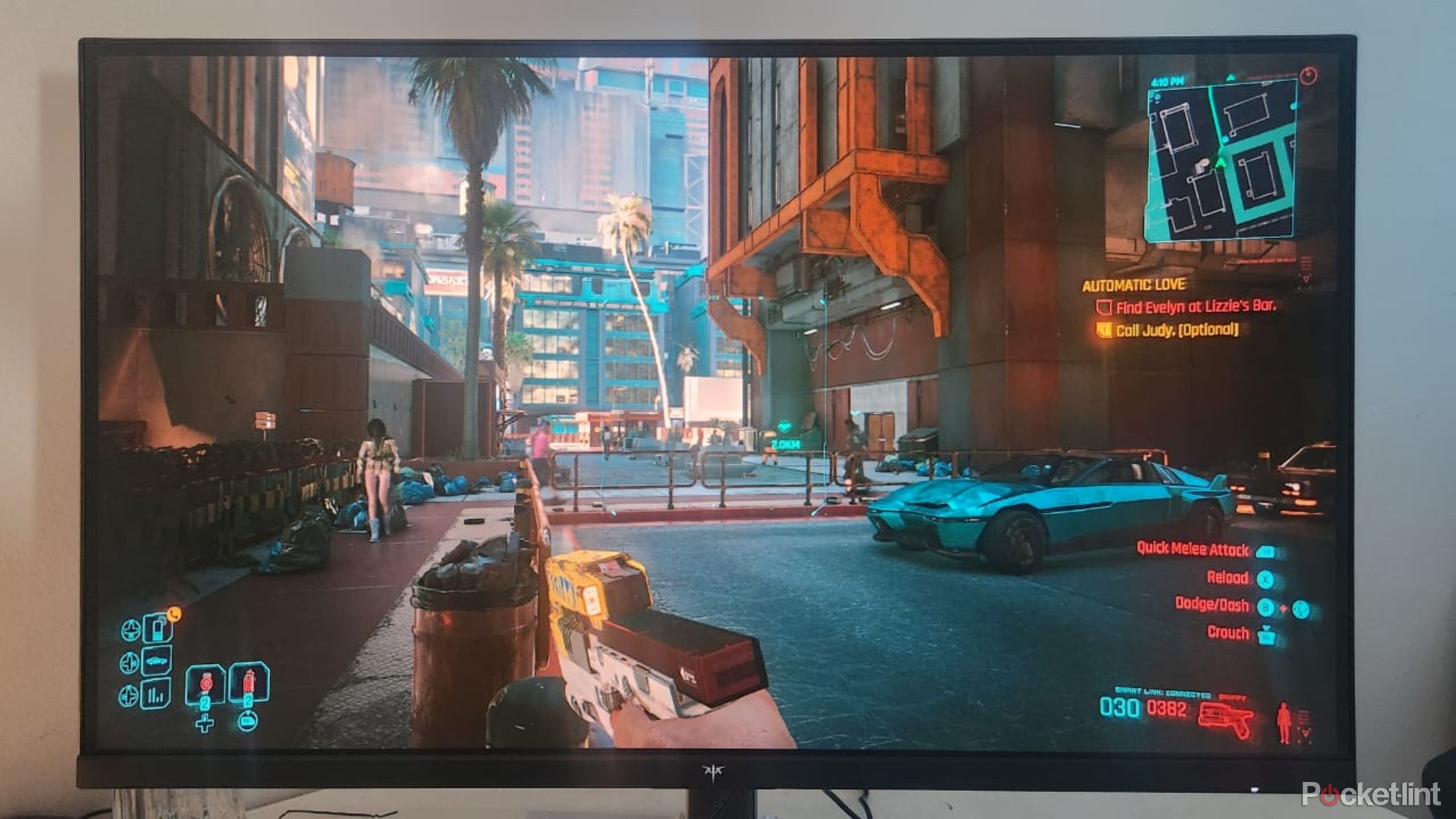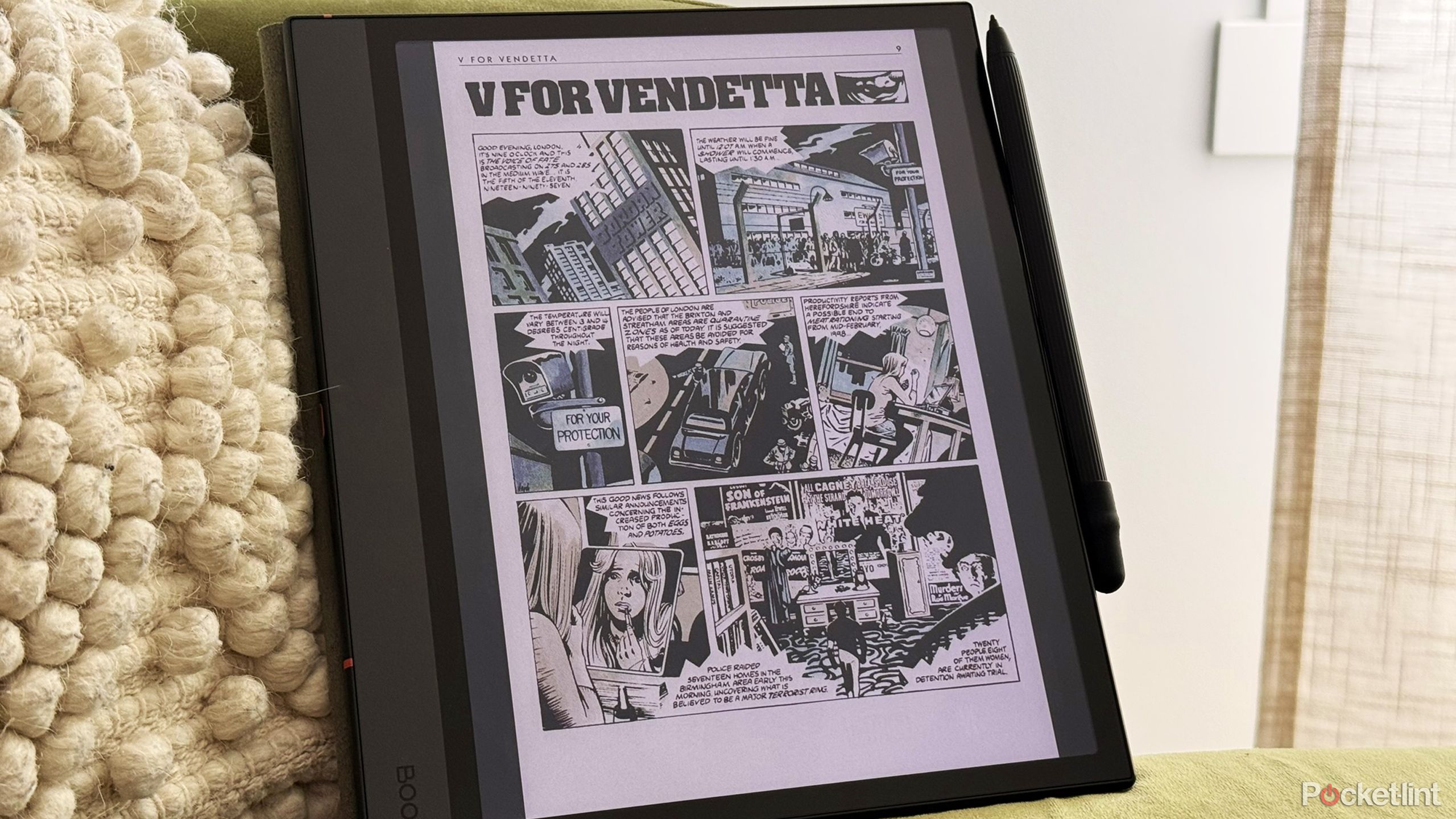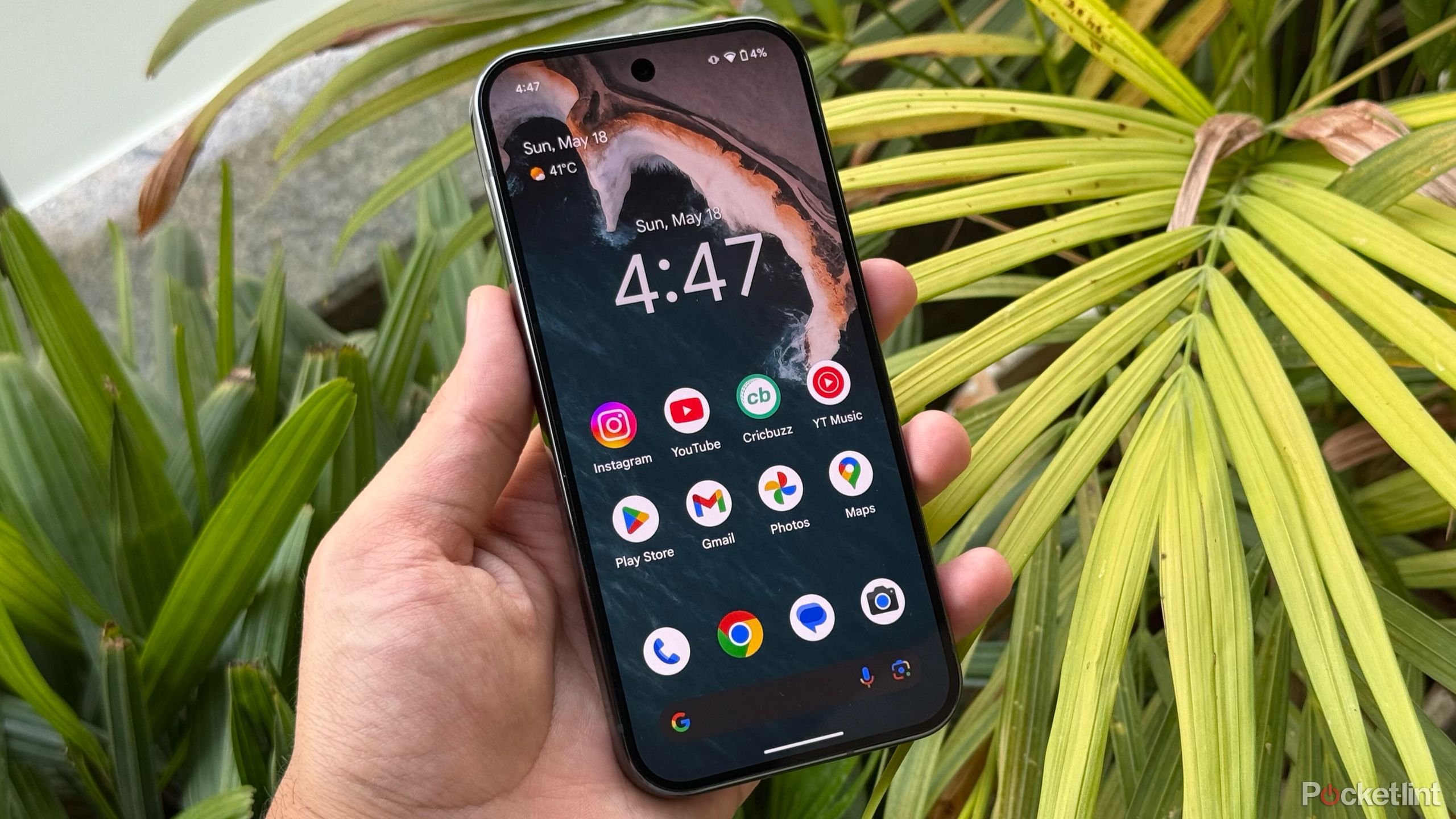Abstract
- Cellphone brightness is rated in nits, and you must at all times intention for a telephone with at the least 2,000 nits of peak brightness.
- OLED shows can generally get away with decrease nits due to their elevated distinction, however LCDs are likely to have higher outside visibility.
- By no means use max brightness in your telephone except it’s worthwhile to — in any other case it could actually trigger pointless eye pressure, sleep disruption, and/or battery consumption.
Display screen brightness is not usually trumpeted from the hills when Apple, Google, Samsung, or one other firm places out a brand new telephone. However in fact, it is a type of particulars that is extraordinarily necessary in observe — a telephone with weak brightness might be onerous to make use of indoors generally, by no means thoughts stepping out into the tough noon glare. After I was residing in Austin, a dim telephone was a professional annoyance on lengthy roadtrips, since there was no method it may compete with cloudless Texas skies.
How vivid does a telephone should be, although? Is conserving your telephone at most brightness actually an issue? And what is the distinction between LCD and OLED? There are a variety of brightness-related particulars you must know earlier than shopping for a telephone, all of which I am going that can assist you kind out in a rush.
- Model
-
Apple
- SoC
-
A18 Professional (3nm)
- Show
-
6.3-inch 1,206 x 2,622 pixel decision 120Hz LTPO Tremendous Retina XDR OLED, 120Hz, HDR10, Dolby Imaginative and prescient, 1000 nits (typical), 2000 nits (peak)
- Storage
-
128GB, 256GB, 512GB, 1TB

Associated
OLED vs mini-LED vs QLED in 2025: Which TV tech should you buy?
As we speak, you may get shocking picture high quality with out spending a fortune.
How brightness is measured, and the way a lot is sufficient
Cellphone brightness 101
Whilst you may, in concept, charge telephone shows by way of lumens, you will nearly at all times see them gauged in nits. A single nit is equal to at least one candela (candlepower) per sq. meter. For a relative measure, contemplate that the solar at midday is often claimed to provide 1.6 billion nits.
Your telephone does not should be wherever close to that vivid to be readable, in fact. Indoors, lower than 1,000 nits is ok, and even 500 nits tends to look fairly good. Peak brightness will quickly surge, although, each time a telephone is open air or displaying HDR (excessive dynamic vary) content material. For example, the Pixel 9 Pro can hit 2,000 nits when displaying HDR video, and three,000 nits at its absolute brightest.
Most gadget makers are aiming for someplace between 1,000 and a couple of,000 nits for HDR capabilities, and a couple of,000 nits or increased open air.
That ought to offer you a way of how a lot energy a contemporary telephone display wants. Most gadget makers are aiming for someplace between 1,000 and a couple of,000 nits for HDR capabilities, and a couple of,000 nits or increased open air. My iPhone 16 Professional peaks at 2,000 exterior, and it is fairly readable even when the solar is thrashing down overhead.
Brighter is at all times higher, specs-wise, however something over 3,000 tends to be overkill, delivering diminishing returns. Not that that is stopped telephone makers — some Chinese language fashions are able to 4,000 nits or extra. In March 2025, Samsung demonstrated an OLED panel able to 5,000 nits.

Associated
5 display calibration settings that will level up your game for free
The show tech you employ for gaming can matter (nearly) as a lot because the system you are enjoying on.
LCD vs OLED vs different requirements
For as soon as, older tech wins
Most telephones now use some type of OLED show, an acronym standing for natural light-emitting diode. As a rule, it is the superior know-how, since particular person pixels might be turned on and off at will. The result’s a tremendous distinction, with pure blacks, and highlights that do not bleed into surrounding objects. The format additionally tends to be extra energy environment friendly in the event you select darker icons, wallpapers, and app settings.
LCDs (liquid crystal shows) generally have the higher hand, nonetheless. That is as a result of all LCDs rely upon a number of backlights, which have a tendency to provide an total brighter picture, albeit on the expense of distinction. It is really unattainable to realize true blacks with an LCD except it makes use of a number of backlights, and a picture space lined by a backlight occurs to be utterly devoid of element. That is why mini- and micro-LED have been invented — however you will not discover these applied sciences on any delivery smartphone, at the least not but.
The distinction hole does permit OLEDs to punch above their weight in uncooked nits. It is a query of perceived brightness — since each highlights and shadows are starker, OLED helps you to select extra element. A 300-nit OLED panel can really feel roughly equal to a 500-nit LCD, although your mileage will range.
A couple of telephones get rid of brightness from the specs debate solely by utilizing e-ink. The pixels they use are made from actual matter, so their visibility depends on exterior mild sources, a lot in the identical method that you would be able to’t learn a paper ebook in a pitch-black room. The built-in lamps you discover on e-ink units are literally frontlights, not backlights.

Associated
This Android-powered e-ink tablet is better than a Kindle, but it’s still niche in my life
You will solely get essentially the most out of Boox’s pill in the event you’re into sketching and paper notes.
What it’s worthwhile to learn about brightness settings
No have to go full throttle
Apple / Pocket-lint
More often than not, it is best to keep away from ramping your telephone as much as full brightness, regardless of how spectacular it appears. There are just a few causes for this — above all, your imaginative and prescient. Because the American Academy of Opthamology notes, full brightness can doubtlessly create pressure in some situations, leading to points like tearing (as in crying), blurring, dry eyes, and complications.
I do know from private expertise that at night time, vivid shows can disrupt sleep. They usually make it tougher to get to sleep within the first place, and within the center hours, lights can shine straight by way of your eyelids and wake you up. I do watch YouTube on a Nest Hub at bedtime — however its brightness is cranked as little as it is going to go except I am not nervous about my alarm. My iPhone, in the meantime, is at all times put in StandBy mode, which in a single day each dims the show and tints it pink.
Sometimes, one of the best compromise is to set your telephone’s brightness as little as it is going to go whereas nonetheless being nice to have a look at.
When pressure and sleep patterns aren’t points, there’s nonetheless the matter of battery life. A telephone’s show is certainly one of its most power-hungry elements, rivaled solely by its processor and wi-fi radios. The upper a display’s brightness is, the extra energy it consumes, draining your battery. Certainly, that is one of many fundamental changes a telephone’s battery-saving/low-power mode makes.
Sometimes, one of the best compromise is to set your telephone’s brightness as little as it is going to go whereas nonetheless being nice to have a look at. My iPhone 16 Professional is often set at round 50%, however you might have to go increased or decrease than that relying in your gadget and preferences. Even dropping to 80% ought to make a significant distinction.
Does full brightness ever make sense? Personally, I have a tendency to order that for the sunniest of outside excursions, like a visit to Disney World, or a yard Texas cookout with my in-laws. However even then, my iPhone often compensates sufficient mechanically, making the concept moot.

You may also like
Everything you need to know about PEVs, or personal electric vehicles
You should utilize PEVs like e-bikes and scooters to discover, run errands, or velocity up your commute.
Trending Merchandise

SAMSUNG 27″ T35F Sequence FHD 1080p Laptop Monitor, 75Hz, IPS Panel, HDMI, VGA (D-Sub), 3-Sided Border-Much less, FreeSync, LF27T350FHNXZA

AX1800 Twin Band WiFi 6 Router Gigabit Wi-fi Web Router 5GHz1.8Gbps Residence Mesh Router Lengthy Protection with 4 * 5dBi Excessive-Achieve Antennas 4 Gigabit Port for Gaming and Streaming

ASUS TUF Gaming GT502 ATX Mid-Tower Laptop Case with Entrance Panel RGB Button, USB 3.2 Kind-C and 2X USB 3.0 Ports

Lenovo New 15.6″ Laptop, Intel Pentium 4-core Processor, 40GB Memory, 2TB PCIe SSD, 15.6″ FHD Anti-Glare Display, Ethernet Port, HDMI, USB-C, WiFi & Bluetooth, Webcam, Windows 11 Home
![Dell Inspiron 15 3000 3520 Business Laptop Computer[Windows 11 Pro], 15.6” FHD Touchscreen, 11th Gen Intel Quad-Core i5-1135G7, 16GB RAM, 1TB PCIe SSD, Numeric Keypad, Wi-Fi, Webcam, HDMI, Black](https://m.media-amazon.com/images/I/51O3nNfyJPL._SS300_.jpg)
Dell Inspiron 15 3000 3520 Business Laptop Computer[Windows 11 Pro], 15.6” FHD Touchscreen, 11th Gen Intel Quad-Core i5-1135G7, 16GB RAM, 1TB PCIe SSD, Numeric Keypad, Wi-Fi, Webcam, HDMI, Black

Lenovo IdeaPad 1 14 Laptop, 14.0″ HD Display, Intel Celeron N4020, 4GB RAM, 64GB Storage, Intel UHD Graphics 600, Win 11 in S Mode, Cloud Grey

Dell Inspiron 16 Plus 7640 Laptop computer – 16.0-inch 16:10 2.5K Show, Intel Core i7-13620H Processor, 16GB LPDDR5 RAM, 1TB SSD, Intel UHD Graphics, Home windows 11 House, Onsite & Migrate Service – Ice Blue

HP 17 Laptop, 17.3â HD+ Display, 11th Gen Intel Core i3-1125G4 Processor, 32GB RAM, 1TB SSD, Wi-Fi, HDMI, Webcam, Windows 11 Home, Silver

Megaccel MATX PC Case, 6 ARGB Fans Pre-Installed, Type-C Gaming PC Case, 360mm Radiator Support, Tempered Glass Front & Side Panels, Mid Tower Black Micro ATX Computer Case (Not for ATX)








